The Most Important Inventions Which Have Transformed Our World Since the 1950s
Over the years, there has been an almost infinite number of inventions that have changed the lives of humankind in some crucial way, but these eleven inventions are arguably some of the most important of all time.
From DNA fingerprinting to the first personal computer and everything in between, these are the most remarkable inventions since the 1950s.
A Homemaker’s Best Friend
In 1954, the first-ever microwave oven was known as a “radar range.” The inventor, Percy Spencer, built it after he was experimenting with radio waves in the lab, and popcorn kernels popped all around him.
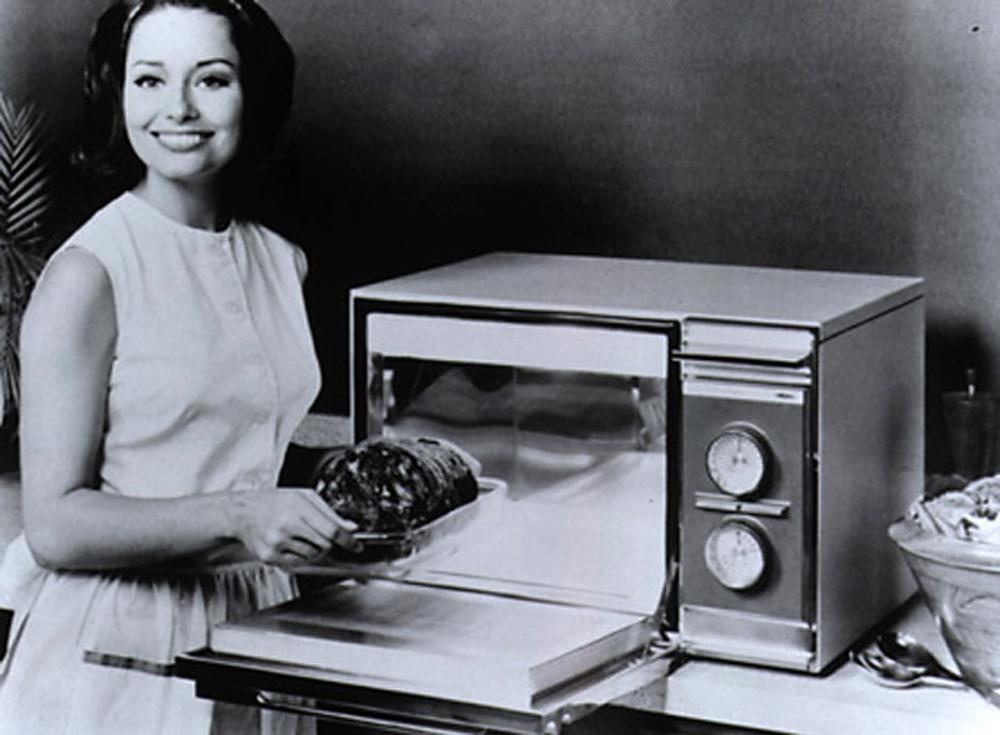
Source: Reddit
Just months later, Tappan Stove Co. built one and advertised it as a convenient home cooker and stay-at-home moms were immediately hooked.
Birth Control Pills Changed the World
In 1957, the pharmaceutical company Enovid created a pill that would help women with “menstrual disorders.” However, they warned their customers the pill would also prevent ovulation and, therefore, pregnancy.
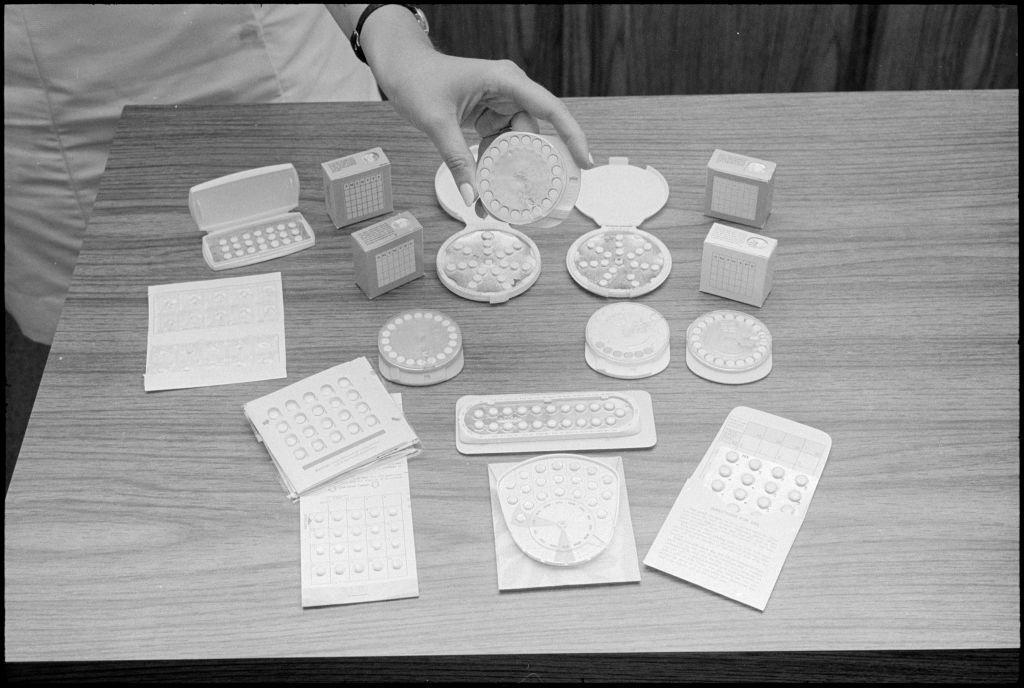
Source: Marion S Trikosko/US News & World Report Magazine Photograph Collection/Getty Images
By 1960, Enovid realized that women were taking their pills specifically to prevent pregnancy, and that very year, they got it passed with the FDA as the first-ever oral contraceptive.
Thousands of Lives Saves Thanks to KEVLAR
In 1965, Stephanie Kwolek and Herbert Blades invented KEVLAR, an intense-strength, heat-resistant synthetic polymer that provides bulletproof protection.

Source: iStock
And over the past 60 years, countless lives of police officers and military men and women have been saved thanks to this incredible technology.
Magnetic Resonance Imaging, Otherwise Known as the MRI
The invention of the MRI was a little more complicated than most, as it actually took several different scientists during different decades to finally get the machine used in hospitals around the world today.
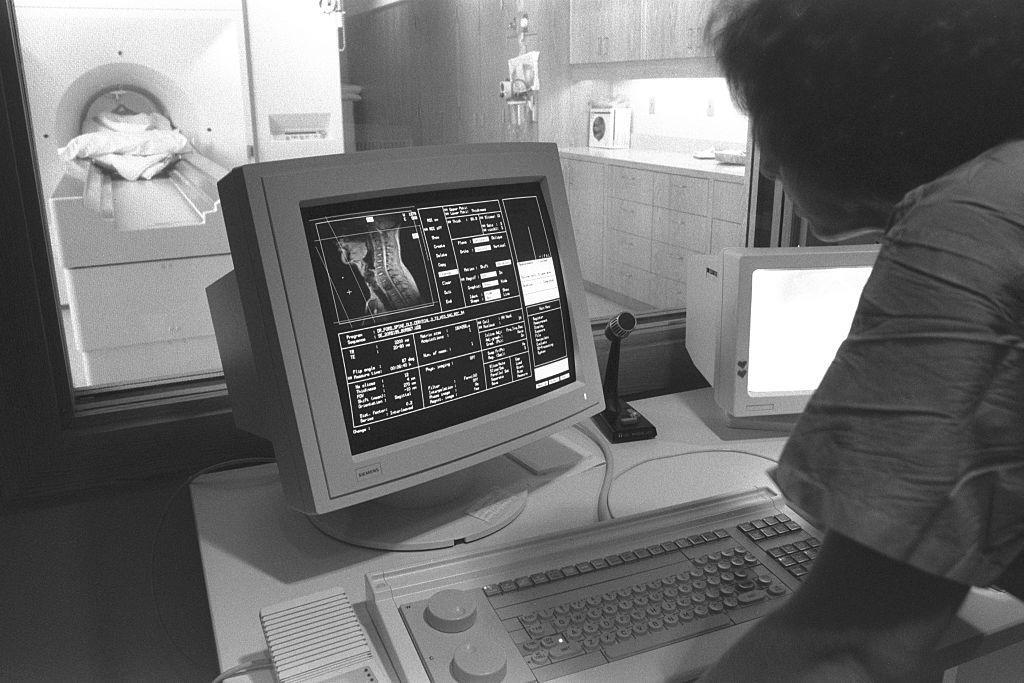
Source: Owen Franken/Corbis/Getty Images
Technically, Nobel Prizes were awarded in 1944 and 1952 for nuclear magnetic resonance, which powers today’s MRI machines. However, some say that it was Raymond Damadian who invented the machine we now know, and Nobel Prizes were even awarded for developing the technology further in 2003.
Thank Goodness for GPS
Today, billions of people use GPS or Global Positioning Systems every day to get where they are going.
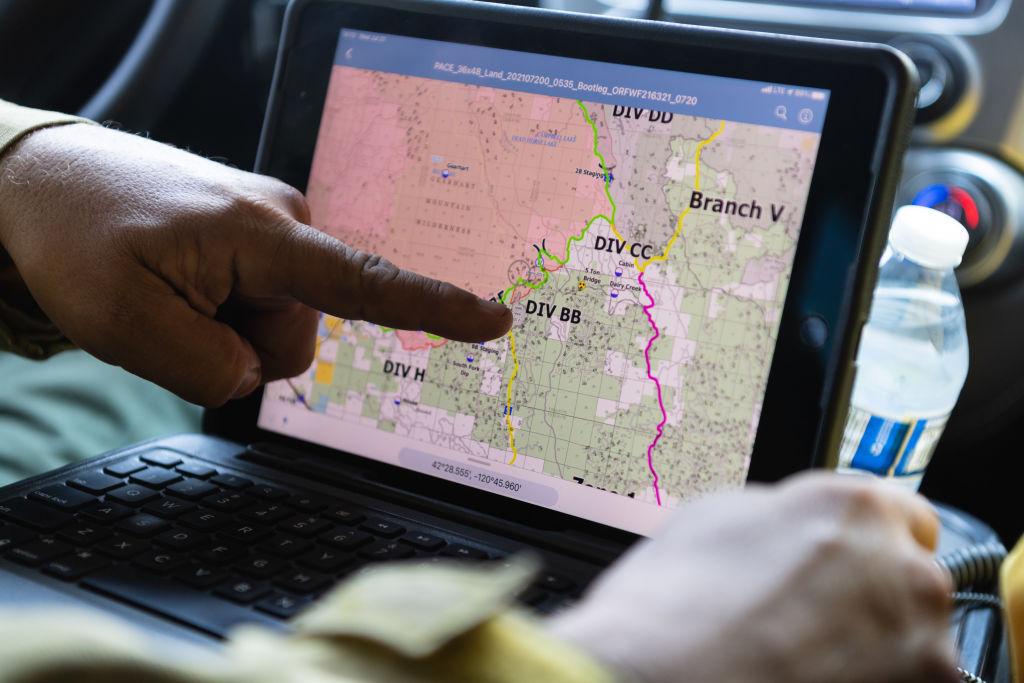
Source: Mathieu Lewis-Rolland/Getty Images
And they can thank the original system TRANSIT which was developed in the first half of the 1960s. Though for decades, it didn’t work nearly as well as it does today. In fact, it was President Clinton in 2000 who finally allowed for non-military GPS to be released to the public.
DNA Fingerprinting and its Immediate Effect on the Justice System
In 1984, Alec Jefferys, a molecular biologist, figured out a way to compare just the parts of human DNA through a fingerprint that differentiates one person from another.

Source: Freepik
This invention was immediately utilized in the justice system, exonerating innocent prisoners as well as undoubtedly incriminating the guilty parties.
The First (Of Many) Personal Computers
In 1977, not only was the very first personal computer invented, but that very year, three separate models of the personal computer hit the shelves.
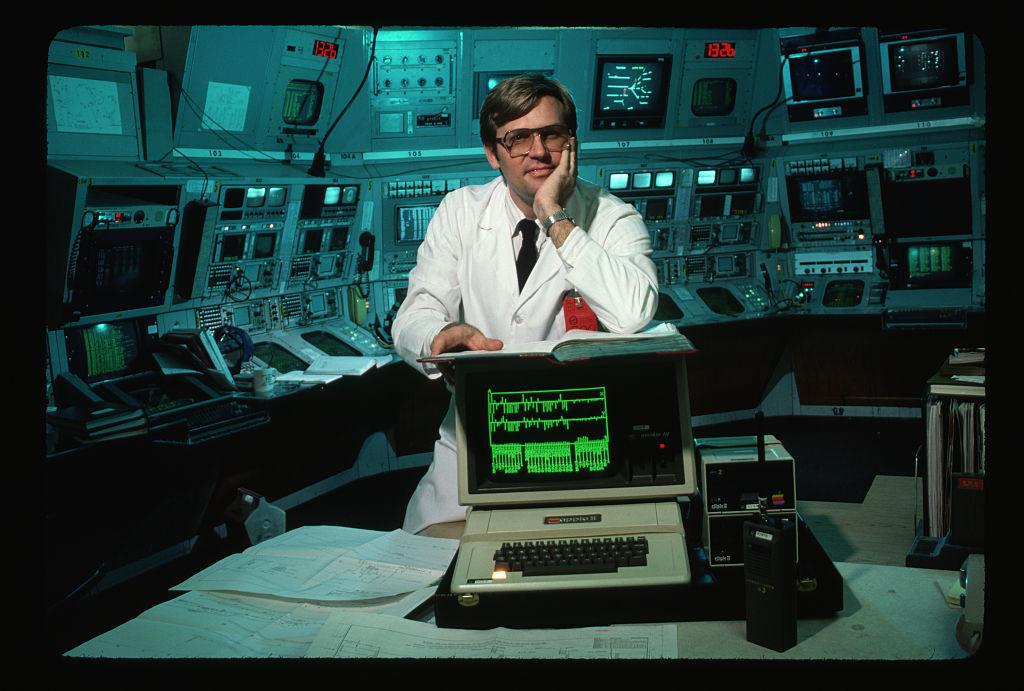
Source: Roger Ressmeyer/Corbis/Getty Images
The Apple II, Radio Shack’s TRS-80, and the Commodore PET were all considered “personal computers. Though shortly later, IBM’s model became the first to be called a PC, short, of course, for “personal computer.”
Those Little Lines Are Actually a Pretty Big Deal
Although we take them for granted now, barcodes were actually quite an important invention in 1974. Wrigley’s was the first company to use these little lines on their Juicy Fruit chewing gum, forever changing the efficiency of shopping for both the consumer and the store.
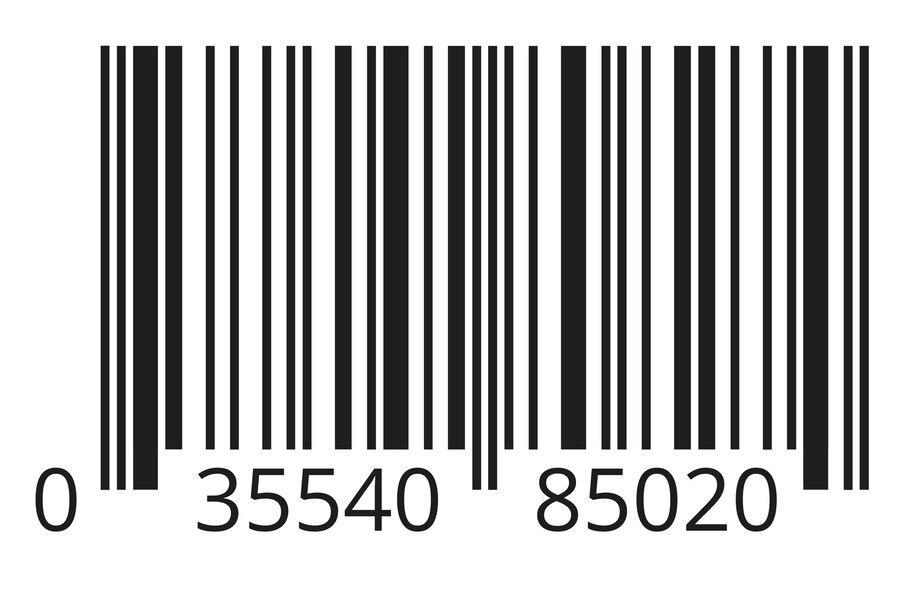
Source: Freepik
Barcodes also improved shipping, tracking, and, realistically, the retail market as a whole.
Chrysler Created the Electronic Ignition
For years, all automobiles used mechanical ignitions, but in 1972, engineers at Chrysler were able to create the first successful electronic ignition, an invention that changed motorized vehicles in an instant.
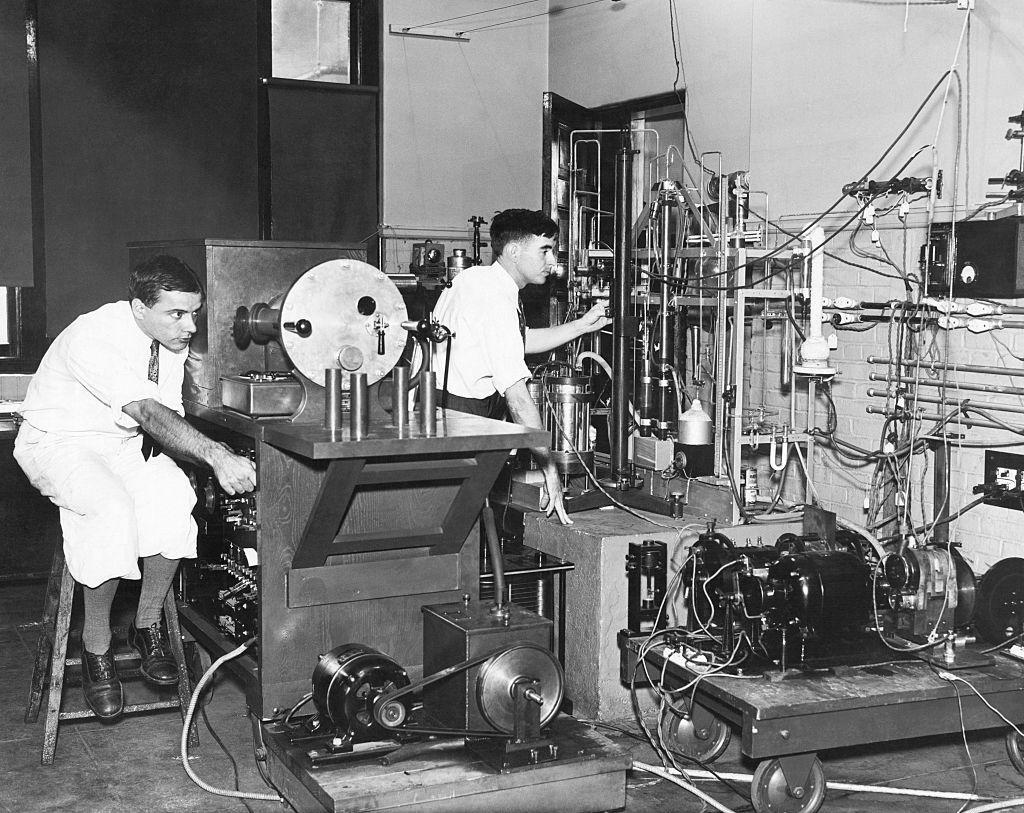
Source: Underwood Archives/Getty Images
That one creation has led to antilock breaks, traction control systems, power steering, airbags, and so much more.
Tiny Wires That Changed the World
Technically, the word fiber optic was used in 1956, but it wasn’t until 1970 that fiber optic wires became what they are today.
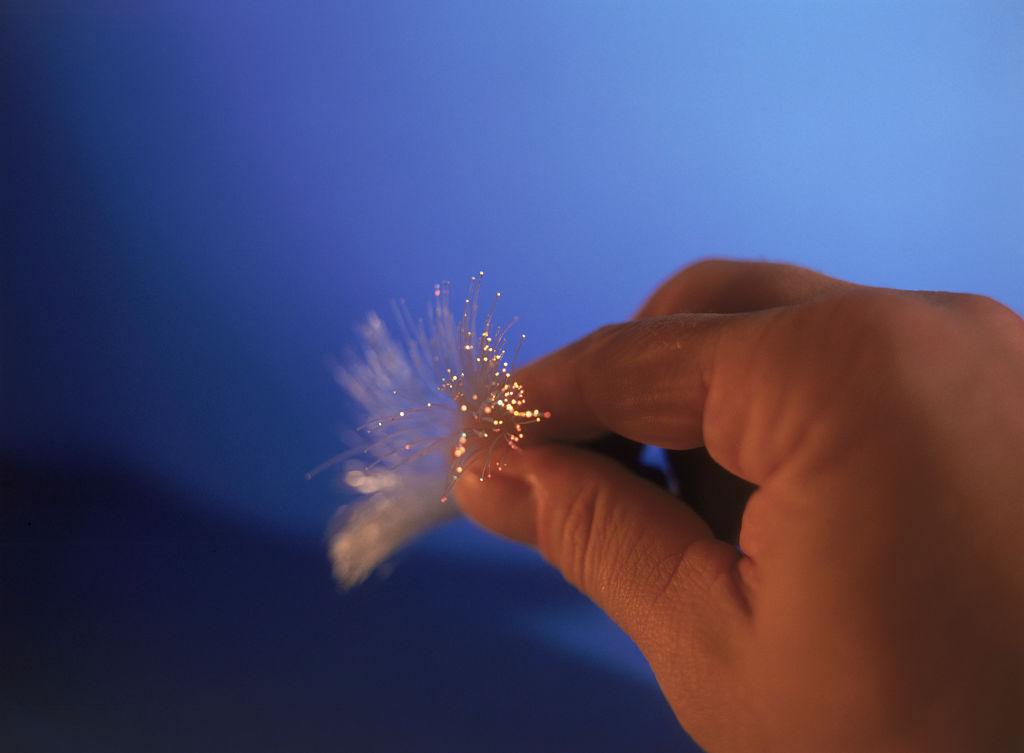
Source: Mediacolors/Construction Photography/Avalon/Getty Images
That year, scientists at Corning were able to use ultrapure glass to create tiny wires that transmit light to be used successfully for telecommunications, such as high-speed internet networks that are now utilized all around the world.
The Life-Saving Pacemaker
Last but certainly not least is the pacemaker. In 1956, Wilson Greatbatch was working on a machine to record heartbeats. And when he accidentally connected two wires that created a pulse, he realized he had created something incredible.
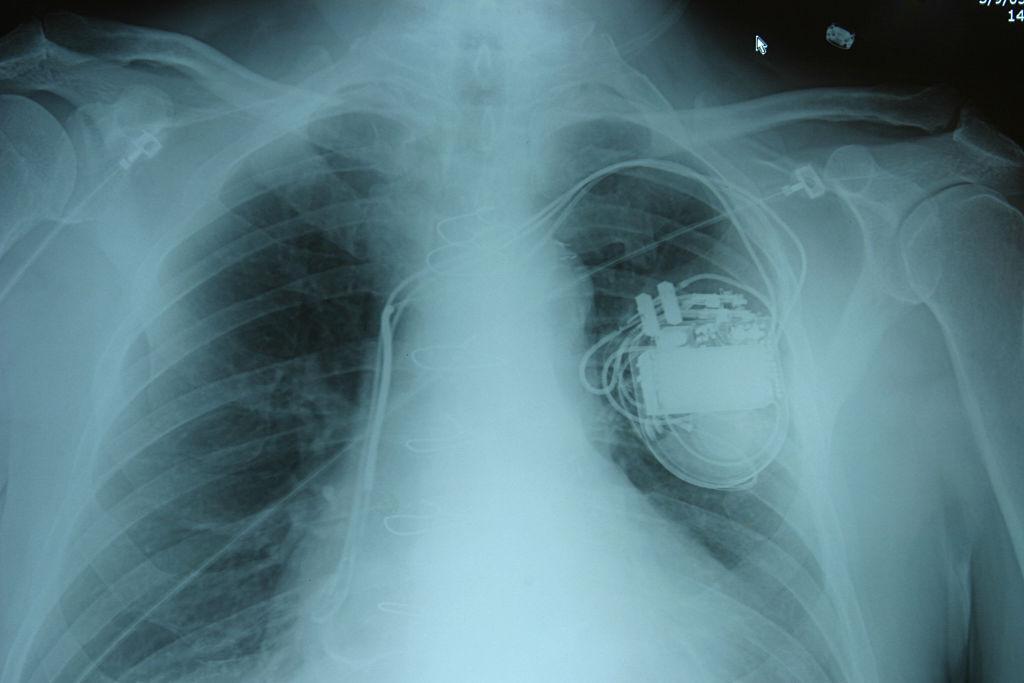
Source: Rick Friedman/Corbis/Getty Images
Four years later, he had patented and placed the first-ever pacemaker that controlled the heartbeat in a human chest. Now, 60 years later, pacemakers have saved innumerable lives around the world.
